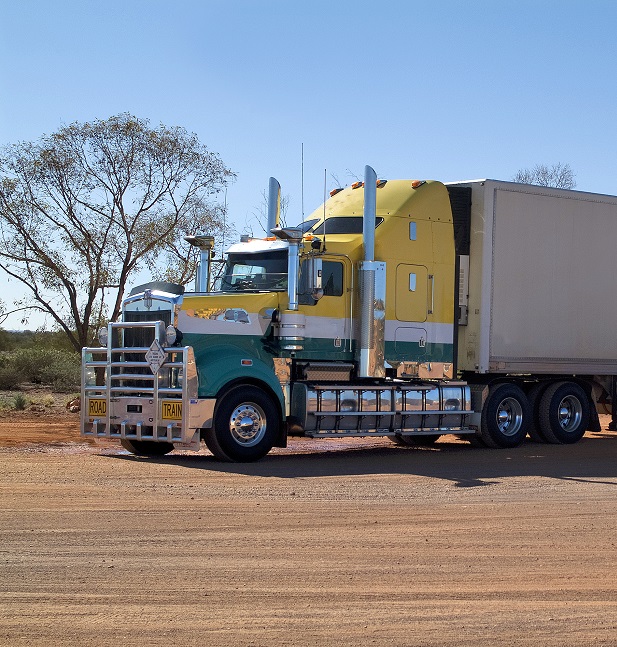Project background
Infrastructure and transport ministers asked the NTC to review the HVNL and find out if it was still fit for purpose. The review explored how to:
- improve safety for all road users
- support increased economic productivity and innovation
- simplify the law, its administration and enforcement
- support the use of new technologies and methods of operation
- provide flexible, outcome-focused compliance options.
Consultation stages
- From March to October 2019, we released seven issues papers for public consultation and received over 200 online submissions.
- In January 2020, we released a summary of consultation outcomes that outlined the feedback we received.
- In June 2020, we released a consultation regulation impact statement and companion document for public consultation. We received 68 online submissions and over 300 shoutbox comments.
- In May 2021, we used what we learned from all our consultation and research to present recommendations to ministers.
Consultation topics
Effective fatigue management
Consultation period: May – August 2019
This paper examined the problems with the way fatigue management is covered by the HVNL and how the law is applied. It presented a comparison with other fatigue management laws and set out high-level principles that a revised law should cover.
Read the issues paper | Read the submissions
Easy access to suitable routes
Consultation period: June – August 2019
This paper analysed issues with the current access arrangements under the HVNL. It included a comparison with other ways heavy vehicle access is regulated.
Read the issues paper | Read the submissions
Safe people and practices
Consultation period: June – August 2019
This paper set out how the current HVNL manages safety and examined what the HVNL doesn’t regulate. It looked at what is and isn’t working and included a comparison with management of safe people and practices in heavy vehicle transport with other transport modes in Australia.
Read the issues paper | Read the submissions
Vehicle standards and safety
Consultation period: July – August 2019
This paper summarised current vehicle standards and safety provisions in the HVNL and how the law is applied. It explored options for a risk-based approach to managing safety.
Read the issues paper | Read the submissions
Assurance models
Consultation period: August – October 2019
This paper described assurance frameworks and their role, and summarised the way certification is regulated through the HVNL and related instruments. It set out assurance model options for a future HVNL.
Read the issues paper | Read the submissions
Effective enforcement
Consultation period: September – October 2019
This paper looked at how data and technology relate to enforcement and compliance. It explored options for better use of information, technology and data.
Read the issues paper | Read the submissions
A risk-based approach to regulating heavy vehicles
Consultation period: March – May 2019
This paper investigated the way heavy vehicles are covered under the current HVNL. It explored how taking a risk-based approach to regulation might improve the law.
Read the issues paper | Read the submissions
Consultation regulation impact statement
Consultation period: June – November 2020
The regulation impact statement outlined policy options on different issues and the impact the options would have. We also released a companion document - HVNL 2.0 - that set out one example of how the future law could work.
The Safety and Productivity Program will confirm which of the options in this document will be adopted.
Read the regulation impact statement | Read the companion document | Read the submissions
Publications
Summarises submissions received as part of consultation for the Heavy Vehicle National Law Review (HVNL).
HVNL 2.0 is designed to be read alongside the RIS as a short-form description of one possible scenario for the future law.
- Log in to post comments
